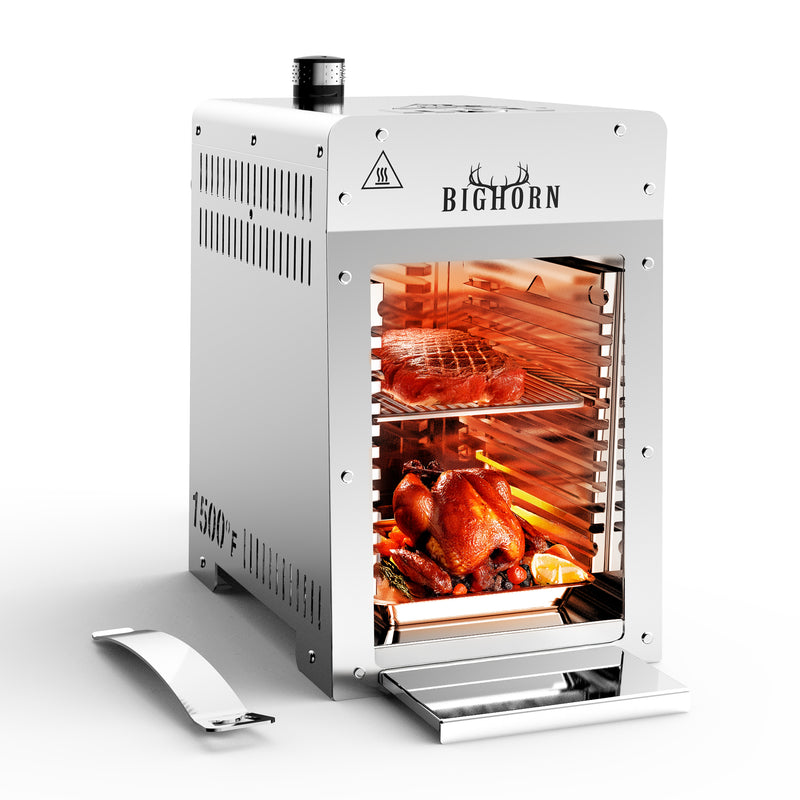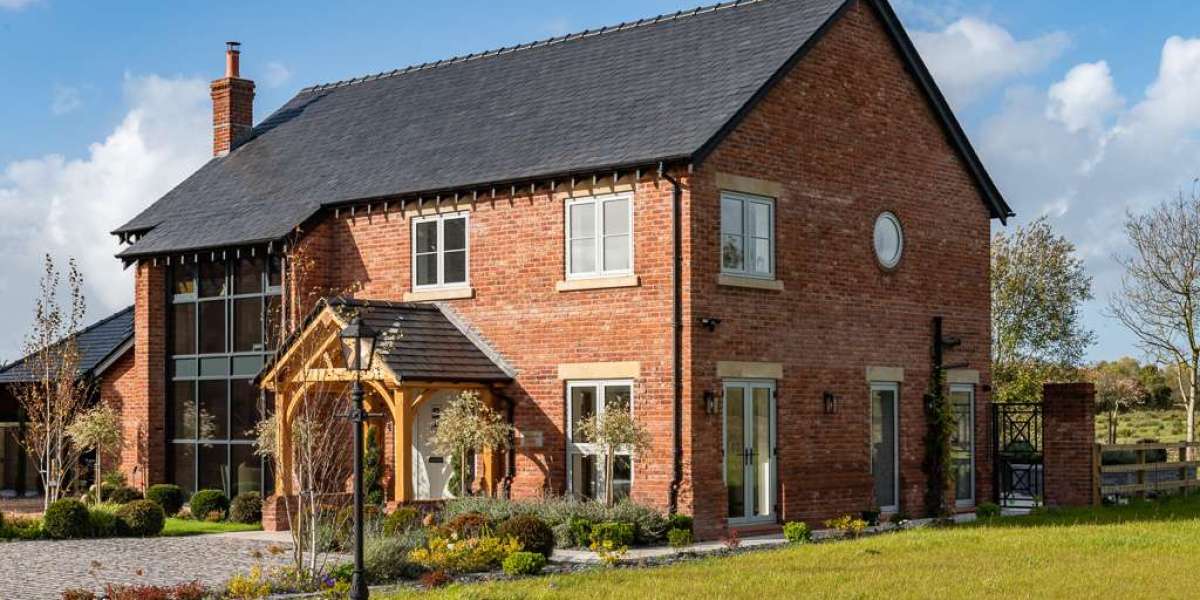Unlock the Secrets to Perfect Grilling: Discover Why Small Outdoor Gas Grills are a Game Changer!
Grilling is more than just a cooking method; it's a cherished tradition that brings people together, creating lasting memories around the fire. As outdoor cooking gains popularity, the spotlight has shifted towards small outdoor gas grills, which have revolutionized the way we approach grilling. These compact devices blend convenience with functionality, making them a perfect choice for those who love to cook outdoors but may not have the space or need for a large grill. In this article, we'll delve into the features, benefits, and best practices associated with small outdoor gas grills, providing you with everything you need to elevate your grilling game.

Understanding Small Outdoor Gas Grills
Small outdoor gas grills are designed for portability and efficiency, catering to grilling enthusiasts who may be short on space. Typically, these grills have a cooking surface that ranges from 100 to 300 square inches, making them ideal for small patios, balconies, or even camping trips. They usually run on propane or natural gas, providing a reliable heat source that allows for quick and consistent cooking. One of the standout features of these grills is their lightweight design, often equipped with foldable legs and handles that make transportation a breeze. This means you can take your grilling adventures to the park or the beach without any hassle, ensuring that delicious grilled food is always within reach.
Benefits of Using Small Outdoor Gas Grills
The advantages of using small outdoor gas grills are numerous. First and foremost, their compact size means they can fit into nearly any outdoor setting without taking up valuable space. This is particularly beneficial for urban dwellers or anyone with limited outdoor areas. Additionally, these grills are incredibly user-friendly; with just a twist of a knob, you can ignite the flame, eliminating the need for charcoal or wood. This not only saves time but also reduces the amount of fuel required, making small gas grills a more efficient option. Friends of mine who have made the switch have often mentioned how much they appreciate the ease of use, especially when cooking for a small gathering.
Healthier Cooking Options
Grilling is often touted as a healthier cooking method, and this holds true for small outdoor gas grills as well. Cooking on a grill allows excess fat to drip away from the food, resulting in lower fat content in your meals. Moreover, grilling encourages the use of fresh ingredients, from vibrant vegetables to lean cuts of meat. I recall a barbecue at a friend's house where they prepared grilled salmon and seasonal veggies; the flavors were vibrant, and the meal felt light yet satisfying. With the ability to control cooking temperatures, grilling can also prevent overcooking, preserving the nutrients in your food.
Best Practices for Cooking with Small Outdoor Gas Grills
To make the most of your small outdoor gas grill, there are several best practices to consider. Preheating your grill is essential; it not only helps to achieve the desired cooking temperature quickly but also reduces sticking. Aim for a preheat time of about 10-15 minutes before placing your food on the grill. Additionally, keep an eye on cooking times and use a meat thermometer to ensure your food is cooked to perfection. Maintaining a consistent temperature is key to evenly cooked meals, so adjust your flame as needed. Safety is paramount when using gas grills; always check for gas leaks before igniting and keep a fire extinguisher nearby for emergencies. My neighbor, who is an avid griller, always emphasizes the importance of safety and regularly checks his grill for any maintenance needs.
Cleaning and Maintenance Tips
Proper cleaning and maintenance are crucial for extending the life of your small outdoor gas grill. After each use, allow the grill to cool slightly, then brush the grates with a grill brush to remove food residue. For deeper cleaning, disassemble the grill components and wash them with warm soapy water. Regularly check the burner tubes for blockages and clean them as necessary. A well-maintained grill not only performs better but also ensures that your food tastes great every time you cook. I’ve seen how a simple cleaning routine can transform a grill’s performance, making it a joy to use for every barbecue event.
Maximizing Your Small Outdoor Gas Grill Experience
In conclusion, small outdoor gas grills offer a myriad of benefits that make them an excellent choice for anyone looking to enhance their outdoor cooking experience. Their compact design, ease of use, and health-conscious cooking capabilities make them a game changer for both casual and serious grillers alike. With a few best practices in mind for cooking, cleaning, and maintenance, you can enjoy delicious grilled meals for years to come. So why not consider investing in a small outdoor gas grill for your next outdoor cooking adventure? You might just find that it becomes your new favorite kitchen companion.








